The Ghost and Mr. Chicken was inspired by an episode of The Andy Griffith Show, funnily enough called “Haunted House” and featured Don Knotts who played Deputy Barney Fife entering a supposed haunted house looking for a lost baseball, so it's no surprise that years later Knotts would start a multiple-movie deal at Universal with a movie that would revisited that very premise. To make the whole project even more synergistic it was directed by Allan Rifkin who was one of The Andy Griffith Show’s most prolific directors, and along with him were two of the series writers and several cast members. At a glance The Ghost and Mr. Chicken could almost be mistaken for a theatrical version of that show and the town the movie takes place in could easily double for Mayberry RFD with the names changed to protect the innocent…or protect those guilty of copyright violations.
“You’re out of order, I’m out of order, and this whole backlot town is out of order!”
Like some of the best haunted house movies The Ghost and Mr. Chicken is more a mystery than it is a horror movie, no long haired ghosts crawl creepily down stairs in this movie, in fact whether or not there is even an actual supernatural presence is thrown into question. The movie follows the adventures of Luther Heggs (Don Knotts), a typesetter at small town newspaper who dreams of becoming a reporter, and his big break which involves staying the night inside the town’s notorious “Murder House” to report on his experiences there. Unfortunately for Luther he is pretty much the butt of many a joke to the town’s populace due to his excitable nature, hysterically reporting a murder when the supposed victim is standing behind you doesn’t help, and only local beauty Alma Parker (Joan Staley) has any faith in him; sure editor and owner of the paper George Beckett (Dick Sargent) seems to be on Luther’s side but when things look bad even he abandons poor Luther.You’d think someone married to a witch would be more understanding
Central to the plot is the Murder House itself and its sordid history; twenty years ago Mr. Simmons apparently murdered his wife and then killed himself, jumping from the organ loft after playing one final refrain, and now two decades later Nicholas Simmons (Philip Ober), nephew of the deceased couple, intends to demolish the mansion once the lean on it from the bank is cleared. The one fly in the ointment is of course Luther Heggs, who after his chilling report of strange knocking on the walls, secret passages, the cobwebbed organ playing itself and the portrait Mrs. Simmons bleeding from gardening sheers stuck in her neck, has the town getting all caught up in Ghost Fever. Mrs. Halcyon Maxwell (Reta Shaw), the wife of head banker and holder of 51 percent of the bank’s controlling interest, is the head of the local spiritualist club called “Psychic Occult Society of Rachel” and she prevents her husband from signing over the bank to the nephew. Nicholas Simmons being very eager to see the place bulldozed sues Luther and the paper for libel citing that the article Luther wrote damaged his family name.Is his family name Munster or Addams?
I’m not sure how you could sue a paper for printing a ghost story about your family’s decrepit mansion. What kind of evidence would be allowed on either side is beyond me, but more importantly just how much damage could you cause a “Family Name” when said name is already connected to a notorious murder/suicide?The courtroom scene in this movie is certainly not on par with such great courtroom moments found in films like Twelve Angry Men or even A Miracle on 34th Street but Don Knott's explosive crumbling on the stand makes it work and it's really quite funny. Yet everything is made even more ridiculous by the judge (George Chandler) deciding that the only way to settle this case is to visit the Simmons mansion at midnight, apparently if the ghosts don’t appear for the judge and jury the verdict will be against Luther and the paper. How does that make a lick of sense? I think even a judge in a hick town full of rubes would get kicked off the bench after such a ruling. Of course this movie is a comedy and not to be taken as a serious look at the American Justice System in Middle America, it’s about world class scaredy-cat Luther Heggs and his night of terror.
To be honest I'm not sure I'd fare any better than Luther.
Comedy or not when I was a little kid the stuff with Don Knotts in that house terrified me; finding the secret passage way, heading up to the organ loft to discover Mr. Simmons bloody fingerprints still on the organ’s keys, and hearing the organ began to play its haunting refrain, it all scared the bejeebers out of me. The Ghost and Mr. Chicken is one of those comedy classics that I can watch again and again; the direction by Alan Rifkin is pitch perfect, the cast of character actors led by Don Knotts are all wonderful (especially Playboy Playmate Joan Staley who is our heroes love interest), and the importance of the score by composer Vic Mizzy cannot be overstated. If you have little ones that want to watch something scary on Halloween, but you don't want a film that will give them nightmares, this could be what you're looking for.Trivia Note: The film’s original working title was Running Scarred but it was changed to The Ghost and Mr. Chicken as humorous riff on the classic film The Ghost and Mrs. Muir.
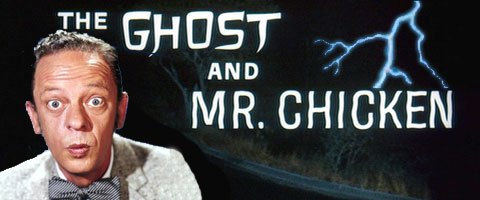
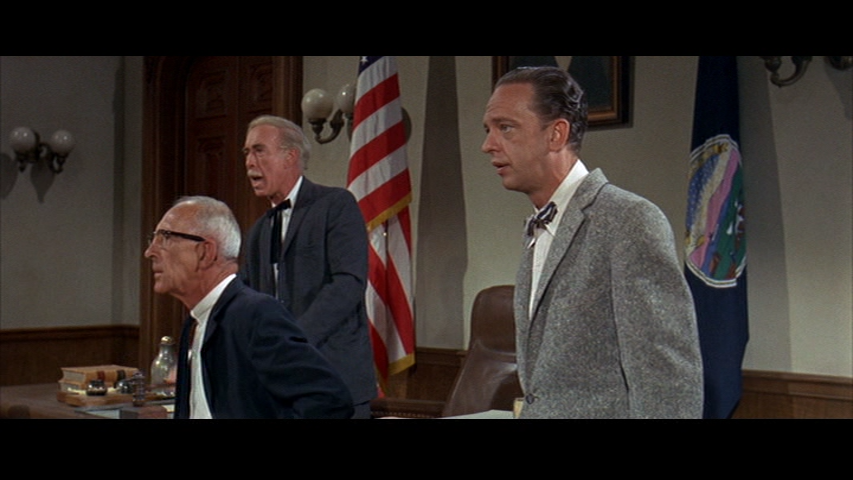
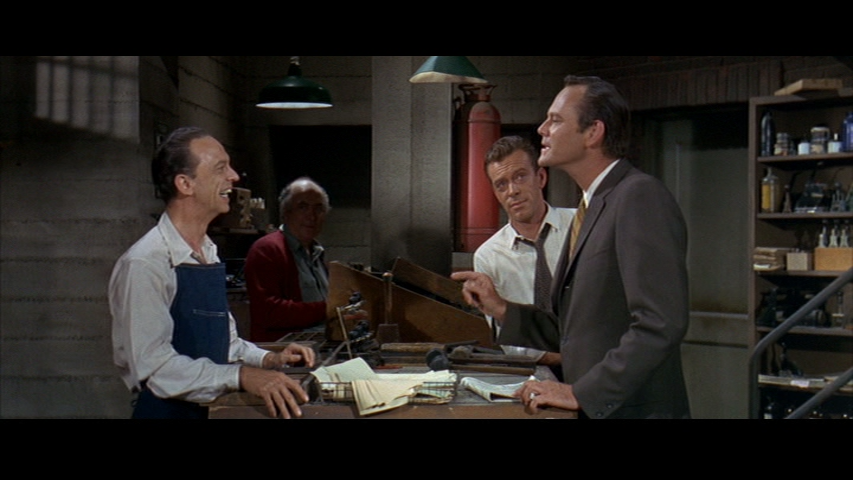
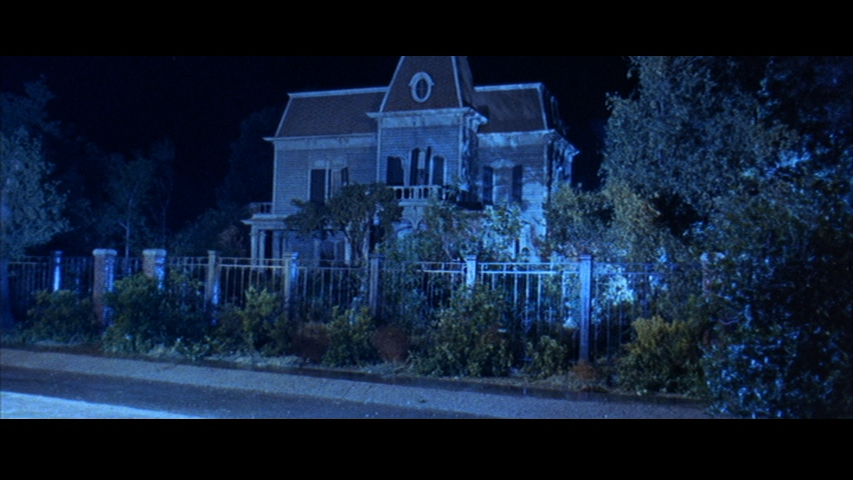
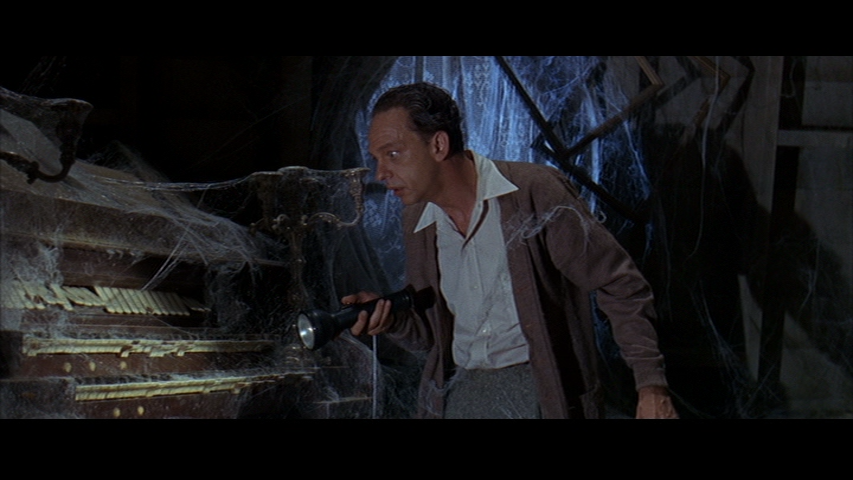
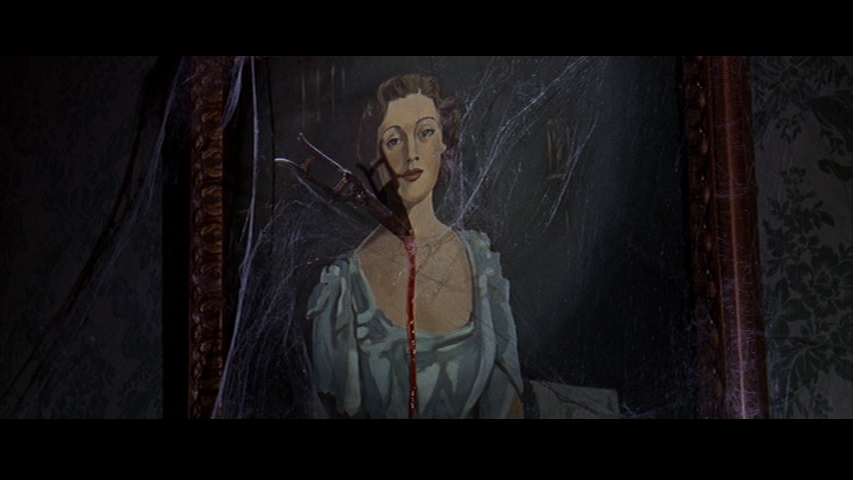

No comments:
Post a Comment